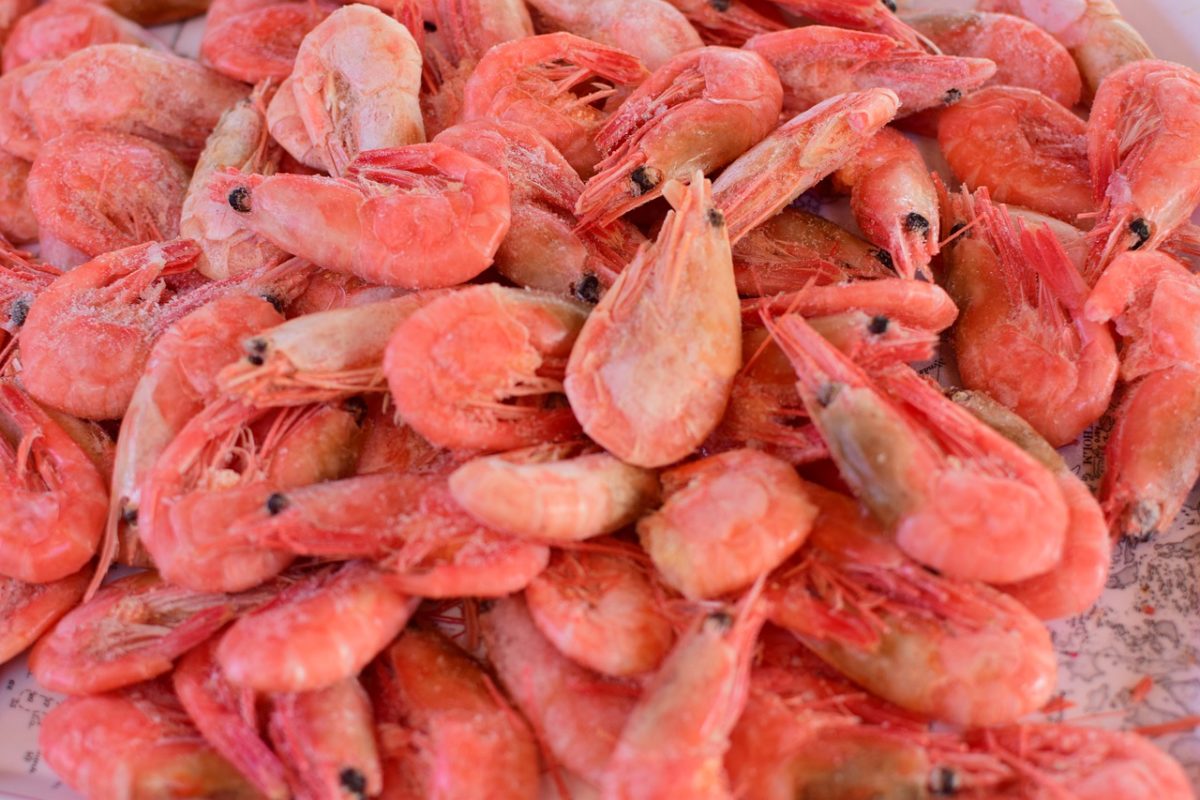Eliminating rare, expensive or otherwise problematic materials from the battery supply chain is an important goal which researchers the world over are hard at work on.
When it comes to the stationary storage needed to even out energy supply from intermittent renewables, the fact a battery’s physical size is relatively unimportant opens up more possibilities on the materials side.
Redox flow batteries are among the competing battery chemistries which have already seen commercial uptake. Like many rival solutions, flow batteries typically feature a carbon electrode, and a team led by MIT scientists has been investigating alternative material sources for this carbon, primarily by considering waste products. The group claims to have fabricated a vanadium redox flow battery using chitin, which it describes as a “polysaccharide, similar to cellulose, which is found in the exoskeleton of crustaceans and insects.”
Vanadium flow batteries based on chitin electrodes are described in the paper Exploration of Biomass-Derived Activated Carbons for use in Vanadium Redox Flow Batteries, published in ACS Sustainable Chemistry and Engineering.
Nitrogen
Popular content
“Obviously, there are carbon electrodes that can yield a better performance but the key to this project is to produce such electrodes from a waste material, in this case chitin from shrimp shells,” said Francisco Martin-Martinez, an MIT chemical engineer who worked on the paper. He added, since carbon electrodes are generally produced synthetically, the low cost and sustainability of the precursor material make it attractive as an electrode option.
One aspect of chitin-based electrodes that interested the researchers was that the material contains nitrogen as well as carbon, which is incorporated into the structure of the electrode and was found to facilitate electron transfer between vanadium ions, improving battery performance.
The group said it will continue to investigate biomass-based materials for use in energy applications, and that its chitin electrodes could also be suitable for applications including water desalination and supercapacitor devices.
Raw material sourcing
pv magazine has examined raw material sourcing for batteries as part of its UP initiative. Topics have included fair lithium from Chile, ethical strategies for cobalt supply and zero-waste batteries. Read more, stay tuned and get involved by emailing up@pv-magazine.com!
This content is protected by copyright and may not be reused. If you want to cooperate with us and would like to reuse some of our content, please contact: editors@pv-magazine.com.



There’s a room in the Royal Palace in Brussels with a ceiling decorated in 2001 with 1.5 million carapaces of jewel beetles, apparently sourced from restaurants in Singapore. https://www.magazinehorse.com/en/million-beetles-in-the-royal-palace-of-brussels/